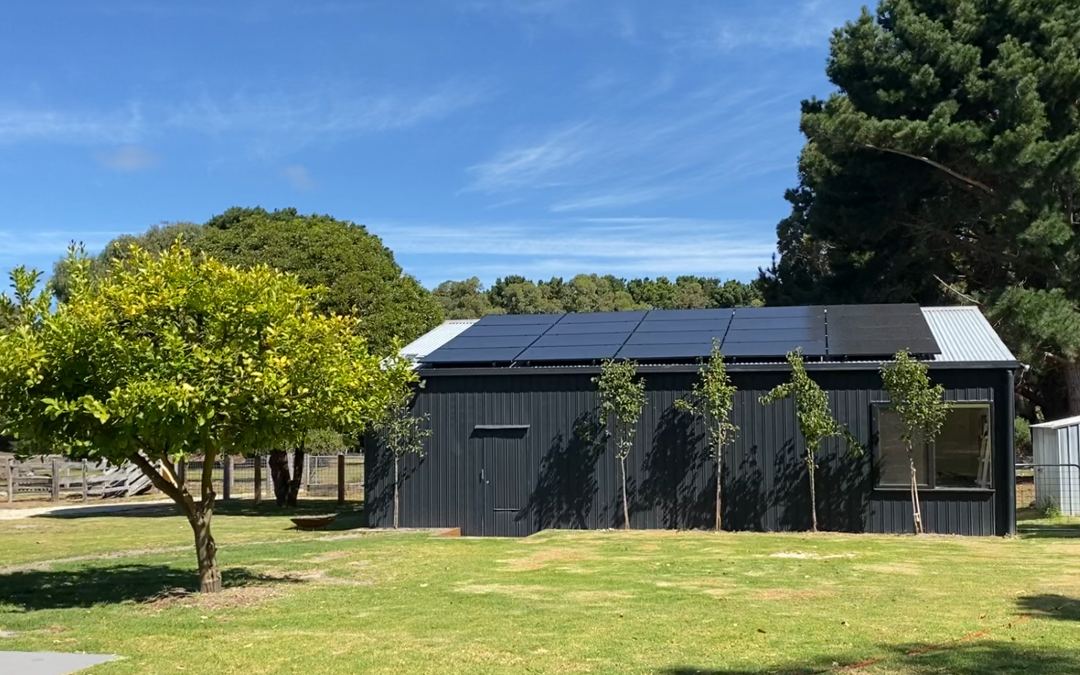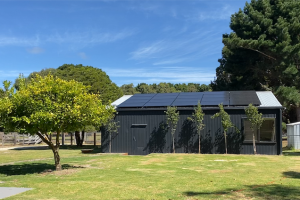
Energy Prices Set To Soar But It’s Not All Doom And Gloom
Consumers are set to be hit by double-digit energy price rises by the end of June, with further power price increases on the horizon.
In the first quarter of the year, the Australian Energy Market Operator (AEMO) said wholesale electricity prices went up a staggering 141% when compared with the same period last year. Australians have been warned to prepare for further rises, with power prices expected to jump by 40% over the next two years according to an energy analyst.
While increased electricity prices won’t be going anywhere for the foreseeable future, homeowners and businesses can take action to reduce their energy expenses.
Homeowners and businesses are encouraged to shop around for better electricity rates, turn non-essential appliances off at the power point, and get “winter-ready” by investing in inexpensive items such as door snakes and floor rugs to reduce energy escapes. Additionally, consider investing in self-generating, renewable energy solutions such as solar power to protect from rising energy costs.
“We’ve seen demand for solar surge in response to recent energy retailer price rises. Consumers are looking to reduce household expenses and try a new approach to managing rising energy costs. Solutions such as solar, battery storage or smart energy devices can work together with your existing energy solution to reduce your bill.” said Sarah Curtis-Stronach, owner of Arkana Energy.
The Federal and State governments have generous financial incentives in place to help households and businesses go solar as they work towards the national goal of net zero by 2050.
Ms. Curtis-Stronach, who was born in Torquay and resides as a permanent resident, said the benefits of switching to solar were wide-ranging. “Renewable solar power reduces your power bills, offering protection from rising energy costs while helping to minimise the individual impact on the environment.”
“A quarterly electricity bill of $500 to $1000 can be turned into $50,000 to $100,000 in savings over the 25-year lifetime of a system. On average customers can expect to pay back their solar system within four to five years. The return on investment is excellent,” she said.
She warned those looking to make the switch to solar to use a reputable company.
“Do your research and look at company reviews. You need more than a solar installer, you need a renewable energy partner who’s in it with you over the long term. More than 600 solar installers have gone out of business in Australia, leaving their customers without a warranty on their systems.”
Founded in 2015, Arkana Energy has installed more than 8,000 systems nationally. The Company recently expanded its operations to Greater Geelong and the Surfcoast and exists to create positive energy and lead change by helping Australians save money, save the planet and build a better future for our children. They are proud to hold one of the highest customer review ratings in the industry.
Find out more at arkanaenergy.com.au.
Article references:
https://www.abc.net.au/news/2022-04-29/power-pain-as-bills-tipped-to-rise-40-per-cent-on-surging-prices/101023488







